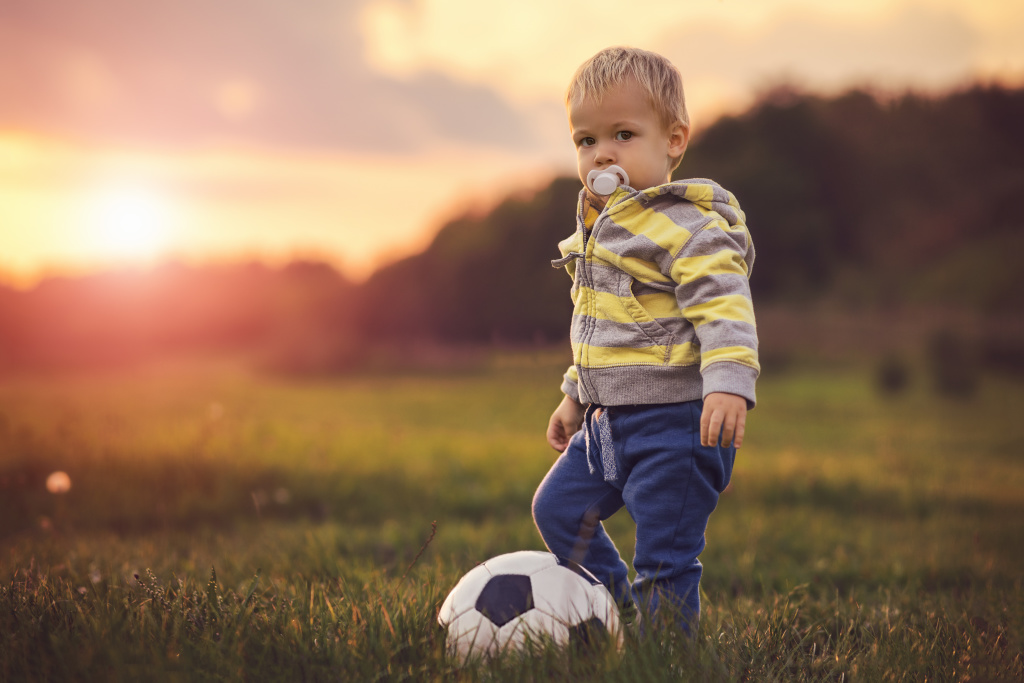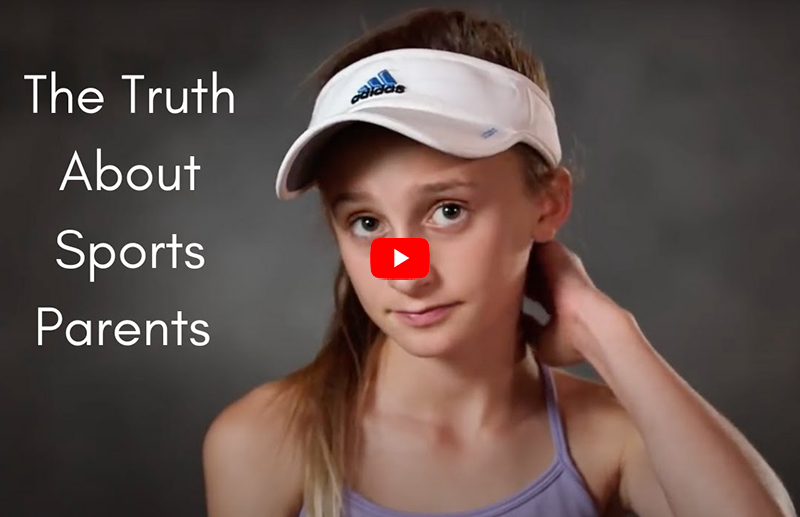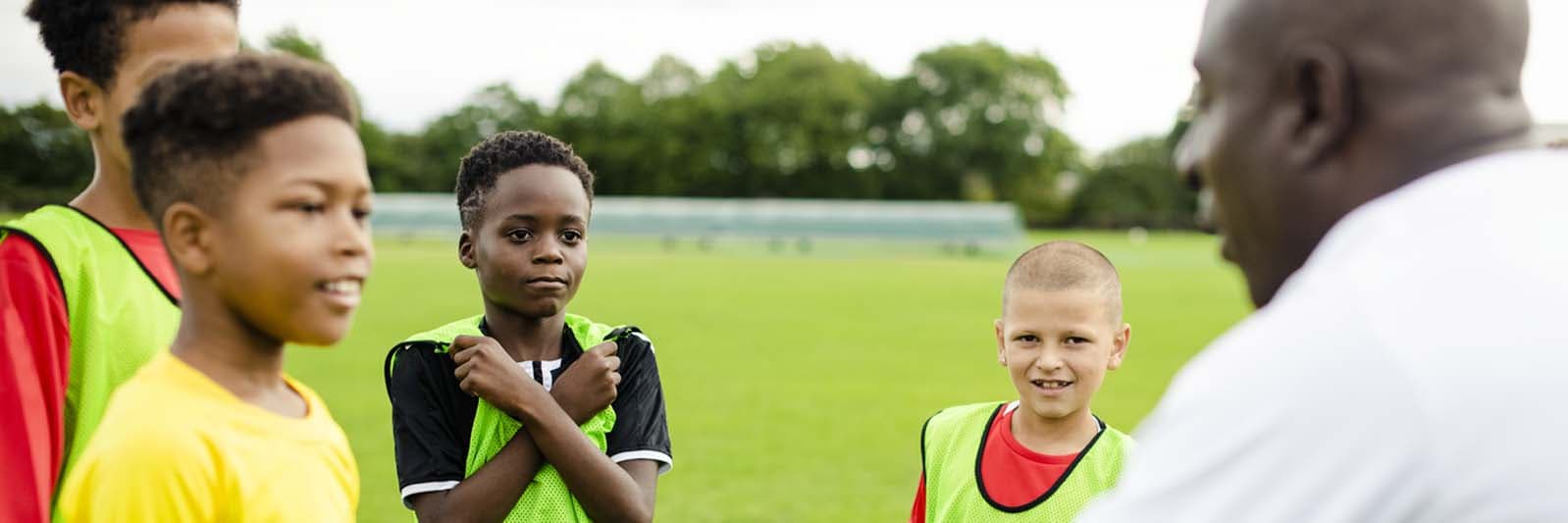
You’re Not Creating the Next Tiger Woods or Christian Pulisic – How to Navigate the Perilous World of Sports Specialization
We keep reading it. And we instinctively know it’s true.
Expert after expert tells us sports specialization for young athletes–playing only one sport, year round–is dangerous. It can be physically, mentally and emotionally debilitating. In the last month, two persuasive arguments have been added to the growing warning: First, a new book by David Epstein entitled: “Range” vaulted on to the New York Times Best Seller list. It debunks Malcolm Gladwell’s 10,000 hours axiom, providing emphatic, data driven arguments that tell us success is bred far more often from being a generalist (playing multiple sports), as opposed to being a specialist (playing only one sport). And if you want to know just how convincing this book is, Malcolm Gladwell, himself, contributes a blurb praising the book’s contradiction to everything in which he believes.
The Pressure Kids Feel To Be Perfect – And How To Help
Then, ESPN published a powerful article that quoted NBA team physicians calling youth basketball players “ticking time bombs”, providing harrowing statistics of debilitating injuries to young athletes who have been put through the youth basketball/AAU machine. The story was then hotly discussed for a week on every ESPN talking head show with the same conclusion drawn: “We shouldn’t do this to our kids”.
Great advice. Problem solved.
Except we’re living as sports parents in the real world. We can’t just wave the flag of rationality and pull our athlete from the game. Especially if they really love to play and compete and we really love watching them play and compete! Most importantly, how can we limit our own kids’ activity if the Robinsons or the Joneses are full steam ahead? How many more reps will their kids amass while ours plays a different sport or rests their body? Forget FOMO, how will our kids make the coveted club team or the high school team. And what about playing in college?
How one community solved the sports specialization problem
On top of all this, we are a generation of parents that is both more informed and more involved. Through our own trials and tribulations, we’ve learned what it takes to be successful in this competitive society. Moreover, we rightly believe it is our responsibility to bestow these lessons to our children, to give them a leg up on the pathway to success. The tenets of this are, of course: Working harder; Practicing more; Getting more game experience. Our own existence tells us that despite what the statistics say about injury and burnout, the only way to reach one’s potential is by dedicating one’s self and doing more.
So what are we to do? How do we fulfill our responsibility to raise a child with the tools they need to be successful, maximize their talents, and still not endanger their physical and mental well-being? The answer is actually simplistic. Not simple (to execute). But simplistic.
Change our goals.
Don’t focus on making that one team. Or the starting position. Or the college scholarship. Instead, focus on the process. Focus on improving, not what the improvement will bring. Focus on all the great life lessons we glean from sports: hard work/persistence/perseverance that translate into every facet of life, and the satisfaction that comes from it. Most importantly, focus on the idea that competing is fun, and challenging one’s self is the ultimate experience. Who knows how far they will go in sports, but doing this will build an athlete for life. This is how you help them develop a healthy relationship to sports, while protecting your child from injury and burnout. This is how you prepare them for success in life. And this is also how you protect your relationship with them. You still get to impart all of that hard-earned knowledge you’re dying to share with them, and they get to enjoy sports.
So what does this look like on the precipice of actually making and playing for a team–a team the requires an intense level of participation? Well, this is where choice and communication are key. Sometimes we forget that we do have a choice, sometimes they will be hard ones to make, but it’s important to remember, there is still a choice. Not playing for the top club team in the area and instead choosing a mid-level, more relaxed program that will allow an athlete to play other sports. Being ok with playing on the freshman or JV team and not trying to make varsity, or choosing to take a ‘season’ off club and then re-join or tryout again in a few months. There may be consequences, but they may be worth it as far as what it does for your child’s mental and physical health. In terms of specializing, the later, the better, experts have maintained waiting until your child is at least 13 or 14-years-old.
Depending on where you live, you may not have a choice of programs–particularly high school. This is where there are two levels of communication that should be your focus. The first level of communication is with the coach. If your athlete does play a second sport, or have other extra curriculars, how does the coach view those commitments, and can you create a framework that allows your athlete to continue their participation in all of these pursuits? Having this discussion ahead of time, and staying in constant contact with the coach or coaches is the only way to keep the frustration of over-scheduling at bay. Also, discuss the rigors and commitment of their program. Do they work on fundamental movements, and teach proper running form and technique? Do they correct muscle imbalances and stability issues? If they don’t, then you should consider finding a private coach to keep your athlete’s body healthy and prevent injury. And if the coach isn’t on board, switch schools/programs if this is possible, or try and speak to a higher level administrator.
The second level of communication is with your athlete. And this is your job from day one. As soon as you start discussing grit and determination with your child (and I don’t mean the in utero conversations, I’m talking about those first lessons when they’re 4 and 5 years old), teach them to understand their bodies. They will know how their bodies are feeling better than anyone, so teach them how to communicate this with you. Teach them to differentiate between soreness and injury. Teach them to recognize the difference between tired and fatigued, and whether they should push through for one more set or one more quarter or take a week off to rest. There is some trial and error with this, so doing it from an early age, when there are fewer stakes and their bodies are more resilient, is just as important as any crossover dribble or corner kick technique. Allow your athlete to develop a sense of responsibility for themselves, and the ability to communicate how they’re feeling physically, mentally, and emotionally. Then listen to them. Trust them. Doing this can mitigate both the burnout and injury factor.
As hard as all of this is, we have to be okay with this. Even if we’re not okay with it. We all want to see our kids reach their potential in every endeavor. Moreover, we desperately want them to WANT to be great. We want them to WANT to put in the time and effort and to go through challenging and grit-building times. But we can’t (or we shouldn’t) force them into wanting these things by jamming them into a 12 month a year program. Instead, to paraphrase Emerson, focus on the journey, not the destination. But in this case, the journey forms a healthy relationship with your child, while managing to protect them, and setting them up for success in life, whenever their sports playing days are done.
 Tom Hoffman is a Certified Speed and Agility Coach (CSAC, NSPT) and the CEO and Program Director of “/athlete” a company dedicated to working with young athletes in sports-specific speed and agility training in the Los Angeles area. Tom is both a coach/athlete and a marathoner/athlete. You can learn more at slashathlete.com.
Tom Hoffman is a Certified Speed and Agility Coach (CSAC, NSPT) and the CEO and Program Director of “/athlete” a company dedicated to working with young athletes in sports-specific speed and agility training in the Los Angeles area. Tom is both a coach/athlete and a marathoner/athlete. You can learn more at slashathlete.com.











